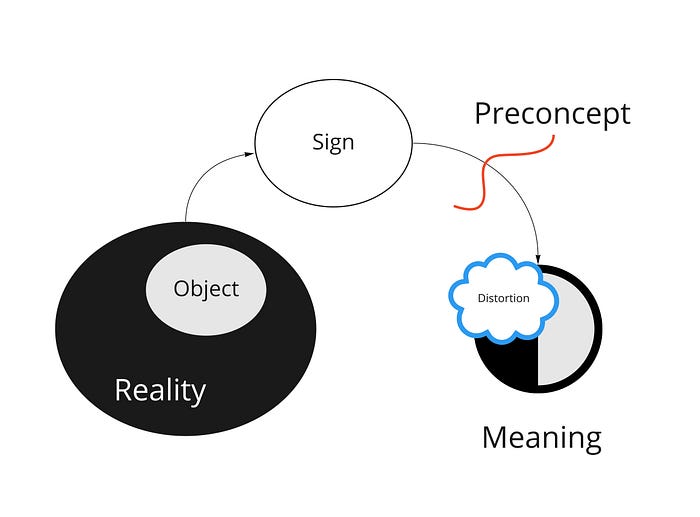Strategic Exploration: Peeling onions without shedding tears
There must be trick to it.

Following up on the previous post.
To take the next step, I will introduce a new dimension to Strategic Exploration. My previous diagram, reviewed by Oliver, revealed to me one important medium for emergence: Storytelling. The way I designed previously, somehow hid this element, but it became more intuitive in the new version:

With it, I can move into the heart of the knowledge theme exploration, since identifying relevant knowledge theme marks only the beginning of the exploration. Embarking on this route requires multiple moments of departure: the knowledge themes require constant updating and validation — they must survive the test of time and not hinder new discoveries beyond their scope. A useful tool for testing the value of learning is Storytelling
Storytelling becomes an informal and implicit ally that gives Meaning to each element in the diagram (that is why I won’t reveal the visual representation of Storytelling itself, at least not yet).
I will attempt to use it as a way to build a more diverse exchange between abstract to concrete (and vice versa). The task is to build pathways for meaning to flow and curate a high-quality resource pool (The field of Meta-Learning). However, this is where practice comes in. Not every theoretical point is relevant or meaningful if there are no correlated experiences.

So how does one build Meaning?
- Acknowledge Reality (given context as presented to you)
- Select the Object (what sparks your attention or what is available to you at that moment)
- Attribute a Sign (an abstract element that can be correlated with your Object and is context-relevant)
- Distill a Pre-concept (a working definition — a metaphor or analogy, for instance — that serves as a shortcut into accessing the previous three steps as one)
- Settle into Meaning (hard wire the Pre-concept into your experience as something worth sharing — this is not really an accurate representation of reality since that is hardly possible; so that’s why there’s a distortion in the meaning)
Applied to the Field of Meta-Learning (I’ll continue to use Oliver’s simplified diagram), it may look like this:

Now, I want to be able to tell a story to ease the integration of the knowledge theme and ensure I can continue to build further on it:
- Reality: 19 January 2023. Sunny weather. Workday.
- Object: Writing about Strategic Exploration before following through with my work-related tasks for the day
- Sign: It’s a personal exploration filled with uncertainty about the outcome, but something like Hero’s Journey pops into my head.
- Pre-concept: Discovery of a personal fable (I’m supposed to learn a skill that I cannot fully map yet)
- Meaning: Self-fulfilling prophecy (Reality confers the perfect timing for pursuing this exploration. While the future is uncertain, the present has just become more fulfilling. That distortion from the previous diagram becomes Creation which can now be the writing of this post, and creation of the self shaped by the process).
This was a pretty interesting exercise :D
I haven’t touched yet on how this form of storytelling aligns with my role as a Strategic Designer and further with Creation, so that will be my next task for the journey ahead.
